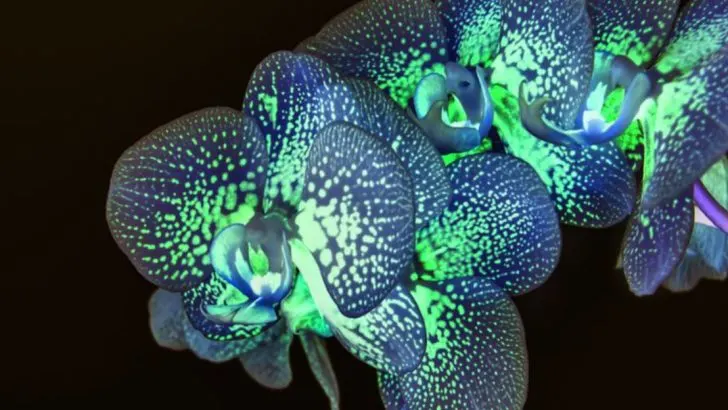Not all gardening needs to follow the rules—some of the most fun starts when you break them a little. If you’ve ever looked at your plants and wondered what if?, you’re not alone. From playing music to potatoes in baskets, these unusual experiments are more than just curious—they might actually improve your garden.
Whether you’re a newbie or a seasoned grower, these ideas are easy to try at home and perfect for a weekend project. Some are rooted in science, others in gardener folklore, but all of them will get you thinking differently about your plants. And who knows—your weirdest experiment might lead to your best harvest yet.
Glow-in-the-Dark Plants
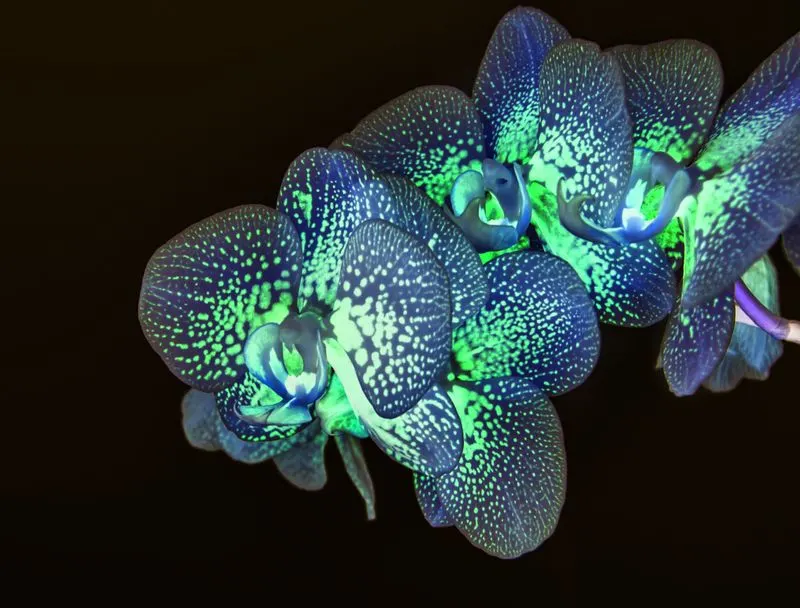
Envision your garden glowing softly as twilight descends. This isn’t a scene from a fantasy novel but an achievable experiment using bioluminescent organisms or phosphorescent paints. By applying these to your garden plants, you can create an enchanting nighttime spectacle. It’s crucial to choose non-toxic materials if you’re worried about your soil’s health. The results are not only visually striking but offer a unique way to engage with your garden after dark. A little glow can add a magical touch, transforming ordinary nights into something truly special.
Upside-Down Tomato Planter
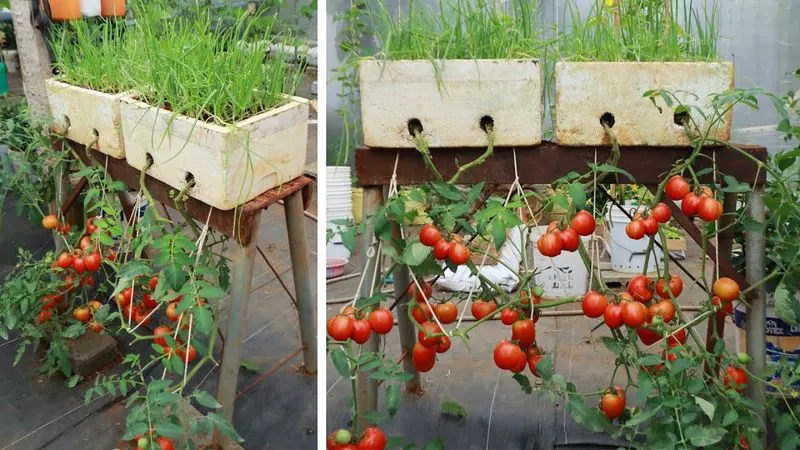
Take a different angle with your tomato plants by growing them upside down. This space-saving technique is ideal for small gardens or apartments with limited space. Use sturdy containers and ensure proper watering to prevent wilting. Upside-down growing also helps in pest control, as it keeps the fruits away from ground-dwelling pests. The sight of tomatoes hanging from the sky offers a fresh perspective. It’s a fun, quirky way to cultivate your favorite salad ingredient, and perfect for those looking to maximize their vertical space.
Music for Plant Growth
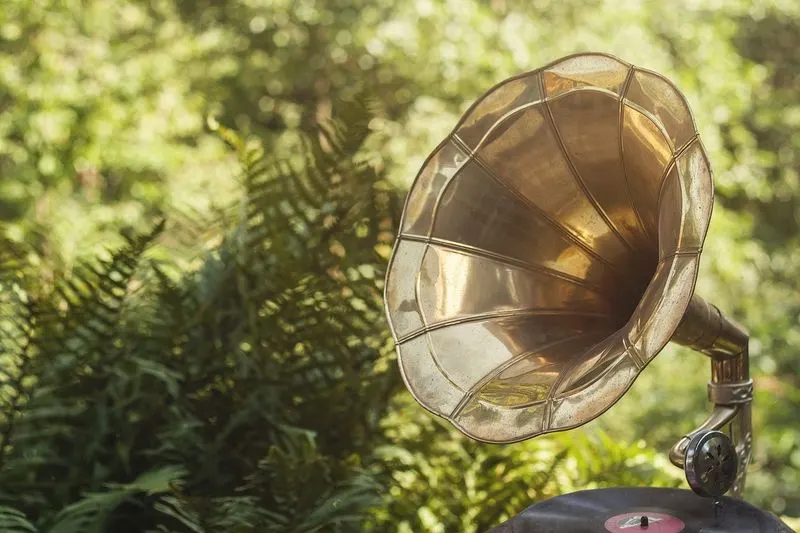
Can music really influence plant growth? This experiment involves playing different genres to see which music plants ‘prefer.’ Many gardeners have observed that classical music seems to encourage growth more than rock or silence. Set up speakers and play tunes regularly to monitor any changes. This could enhance your gardening routine, adding rhythm to your daily rituals. The soothing sounds might not only benefit your plants but create a harmonious environment for you as well, blending science with art in your garden.
Hydrogel Crystal Soil

Imagine soil that changes color when watered. Hydrogel crystals absorb water and expand, providing moisture to plants while adding a burst of color. These can be mixed with regular soil to create a visually appealing, moisture-retentive growing medium. They’re especially useful for people who forget to water regularly. The vibrant colors serve as a visual cue for soil hydration, ensuring your plants remain healthy. This experiment combines practicality with aesthetic appeal, offering a smart solution for busy gardeners.
Vertical Straw Bale Gardening

Stack your garden vertically using straw bales. This method is ideal for those with limited ground space and can even be used on balconies. Straw bales provide a rich growing medium once conditioned, offering nutrients as they decompose. This method can extend your gardening season, as the straw retains warmth. It’s an innovative way to grow your favorite veggies and herbs, maximizing yield while minimizing ground usage. The rustic charm of straw adds a distinct visual appeal to your space, inviting curious glances.
Eggshell Seed Starters
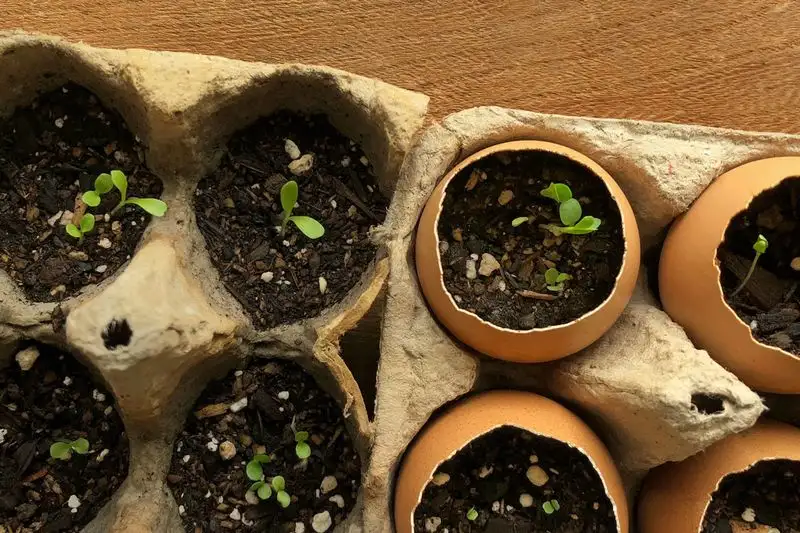
Eggshells make excellent seed starters, offering a biodegradable container full of calcium for young plants. Save your breakfast shells, fill them with soil, and plant seeds. Once the seedlings are ready, transplant them directly into the ground, shells and all, providing nutrients as they break down. This eco-friendly method is not only resourceful but also teaches sustainability. Plus, it’s a wonderful project for kids to understand the lifecycle of plants. A simple kitchen waste product transforms into a nurturing cocoon for new life.
Coffee Ground Fertilizer
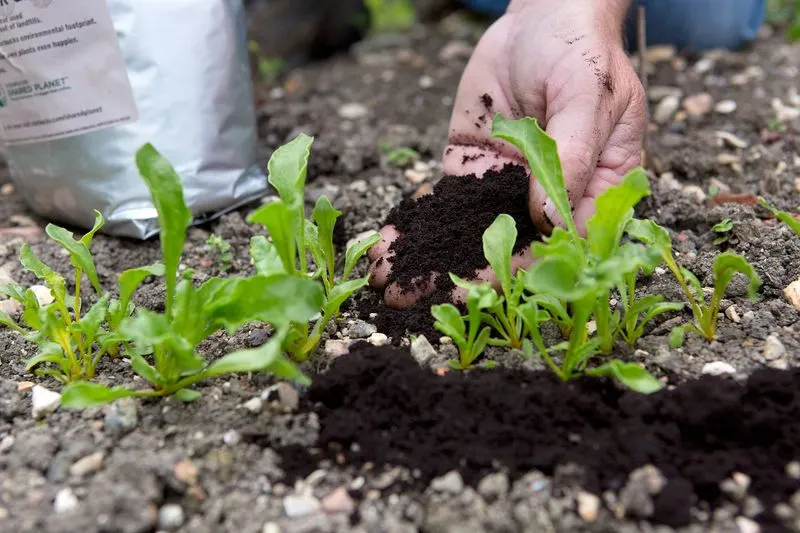
Your morning coffee doesn’t have to end in the cup. Used coffee grounds can serve as an excellent fertilizer, enriching soil with nitrogen. They improve drainage, water retention, and aeration in your garden bed. Sprinkle grounds around your plants, mixing them into the soil for best results. This eco-friendly method recycles kitchen waste and benefits your plants, especially acid-loving varieties. Plus, it’s a fantastic way to keep pests like slugs and snails at bay, proving that leftovers can be more than just trash.
Bonsai Carrot Cultivation
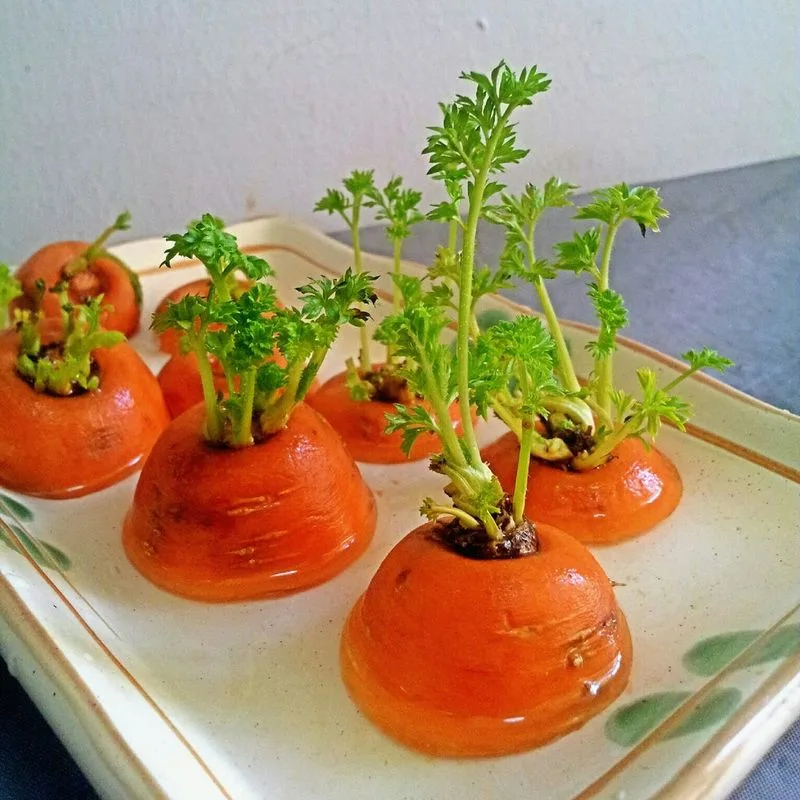
Carrots aren’t just for the dinner table – they can be ornamental too! By carefully trimming and shaping, you can cultivate a carrot plant that resembles a bonsai tree. Use small containers and control growth with regular pruning to keep them miniature. This quirky practice allows you to appreciate the aesthetic potential of vegetables, combining artistry with horticulture. It’s a delightful conversation starter for any gardening enthusiast and perfect for those who enjoy a creative challenge.
Painted Rock Plant Labels
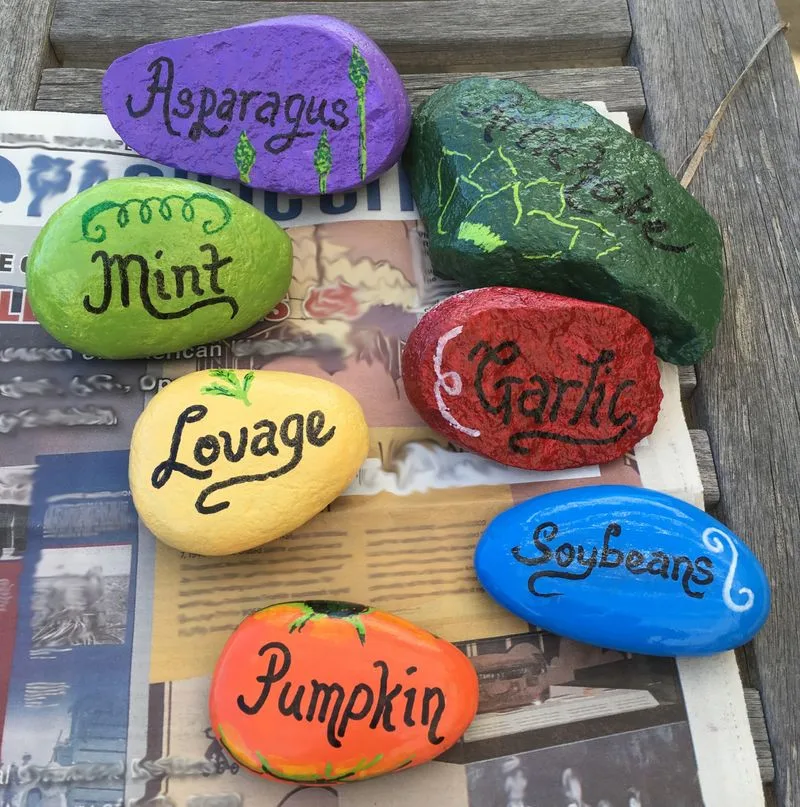
Add a splash of color and organization to your garden with painted rock labels. Collect smooth stones and let your creativity fly by painting them with vivid designs and plant names. This artistic approach keeps your garden organized while adding a personal touch. It’s a simple project that even kids can enjoy, making it a family affair. The durability of rocks ensures your labels withstand the elements, combining functionality with fun. A garden adorned with these labels is both organized and visually charming.
Natural Pest Deterrents
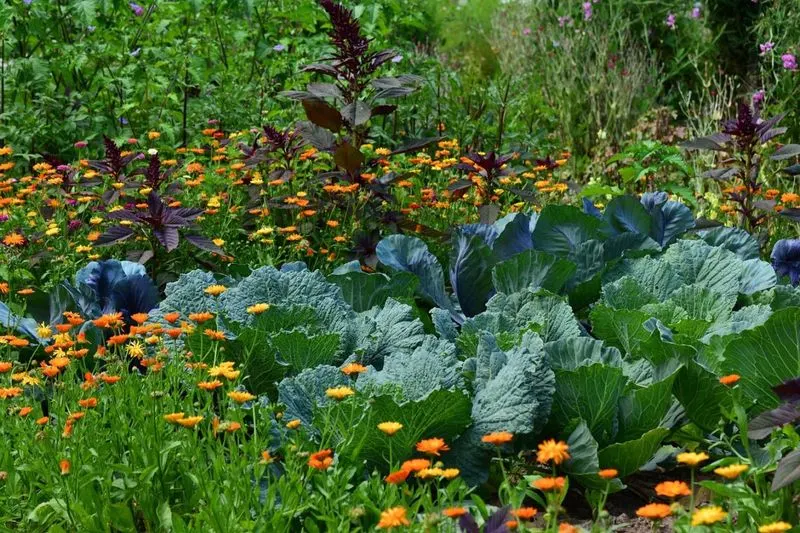
Fight pests with nature’s arsenal. Certain plants, like marigolds and basil, naturally repel pests due to their strong scents. Plant them strategically around your garden to protect crops like tomatoes and peppers. This method is chemical-free, ensuring your produce remains organic. The vibrant blooms and aromas of deterrent plants enrich your garden while safeguarding it. It’s a sustainable, environmentally friendly way to maintain plant health without resorting to harsh pesticides, making your garden a haven for both plants and gardeners.
Bottle Tower Gardens

Transform plastic waste into a vertical garden with a bottle tower. Cut and stack plastic bottles, filling them with soil and herbs. This upcycling project is perfect for small spaces and promotes sustainability by reusing materials. The vertical design maximizes planting area, allowing you to grow more in less space. It’s a cost-effective way to explore gardening creativity, turning potential waste into a thriving green tower. This method not only saves space but also contributes to environmental conservation efforts.
Growing Mushrooms in Coffee Grounds

Your kitchen can be a surprising place for cultivating mushrooms. Used coffee grounds provide an ideal medium for growing certain mushroom varieties. Mix spores with the grounds and keep the mixture in a dark, moist area. The process is fascinating, turning everyday waste into gourmet treats. This experiment is not only sustainable but also results in delicious home-grown mushrooms. It’s a perfect project for culinary enthusiasts looking to expand their palette, offering a unique connection between garden and kitchen.
Bee Hotel Construction

Welcome pollinators by building a bee hotel. Use materials like wood and bamboo to create a sanctuary with holes of different sizes. This provides shelter for solitary bees, enhancing garden biodiversity. By supporting these crucial pollinators, you contribute to the health of your garden ecosystem. The bee hotel not only aids in pollination but also serves as an educational tool, highlighting the importance of bees. It’s a rewarding project that combines construction with conservation, inviting a buzz of activity into your outdoor space.

